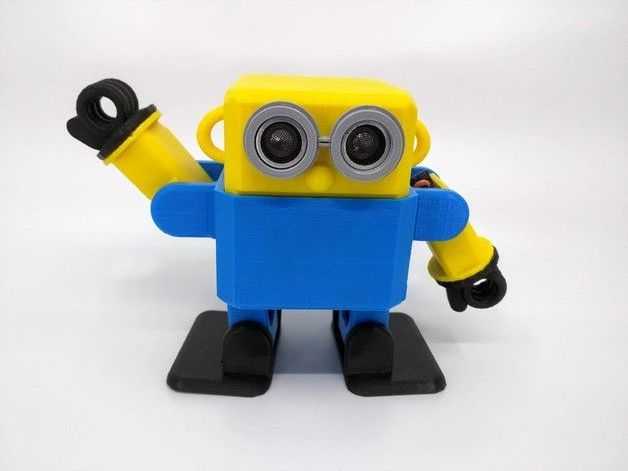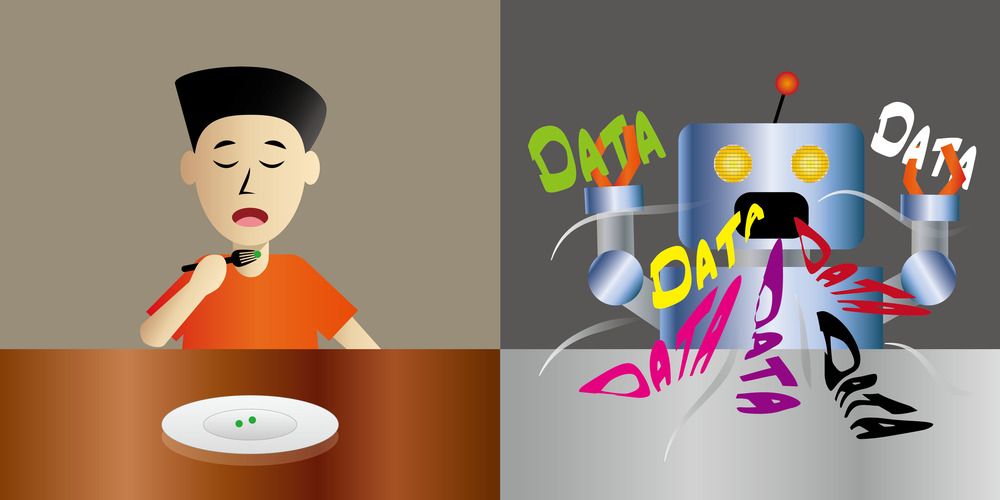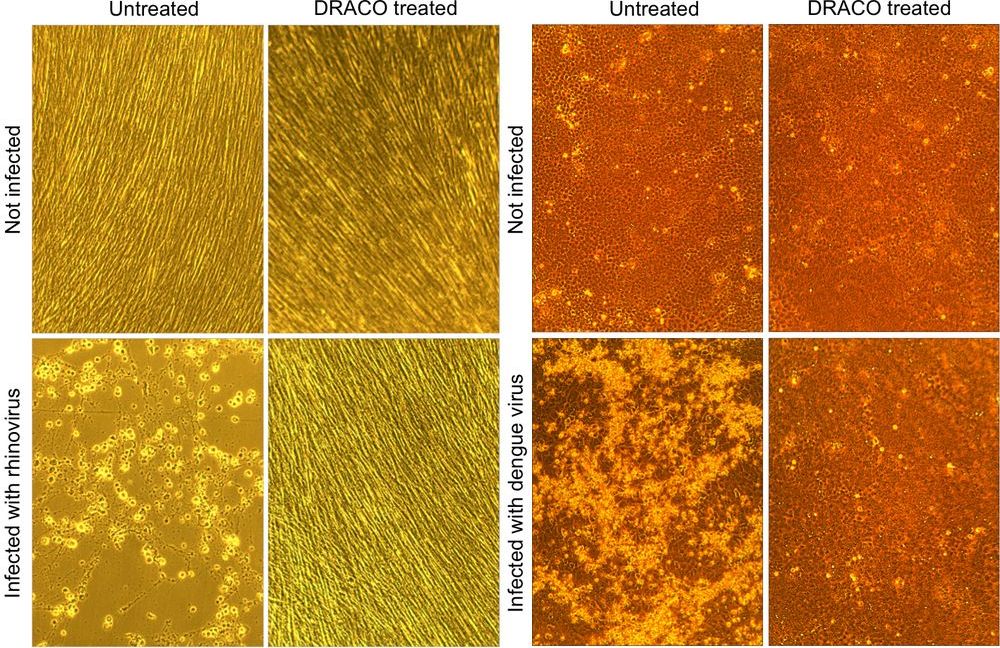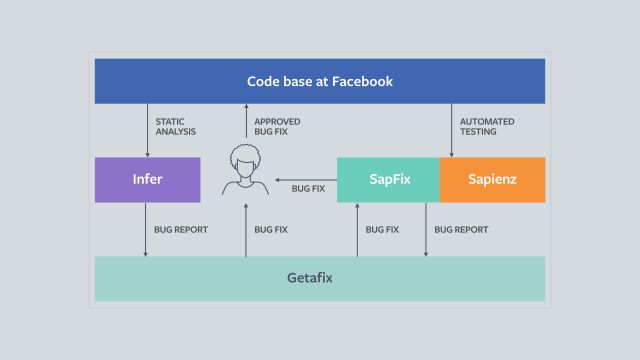As a teenage boy, Elon Musk felt a “personal obligation” for the fate of mankind, according to the book “Elon Musk: Tesla, SpaceX, and the Quest for a Fantastic Future” by Ashlee Vance.
Musk’s love of books and the lessons he took from them inspired him to create “cleaner energy technology or [build] spaceships to extend the human species’s reach” in the future, according to Vance.
One set of those books Musk still recommends today: the seven-book “Foundation” science fiction series by scientist and author Isaac Asimov.










